The Ultimate Shapewear Sizing Guide: Should I Size Up or Down for Shapewear?
Shapewear has become an essential part of many wardrobes, offering support, smoothness, and a boost in confidence. However, a common dilemma that often arises is: Should I size up or down for shapewear? Getting the correct size is crucial for both comfort and effectiveness, and this comprehensive guide will help you navigate through the complexities of shapewear sizing. We’ll delve into expert tips, common misconceptions, and real-life experiences to ensure you make an informed decision.
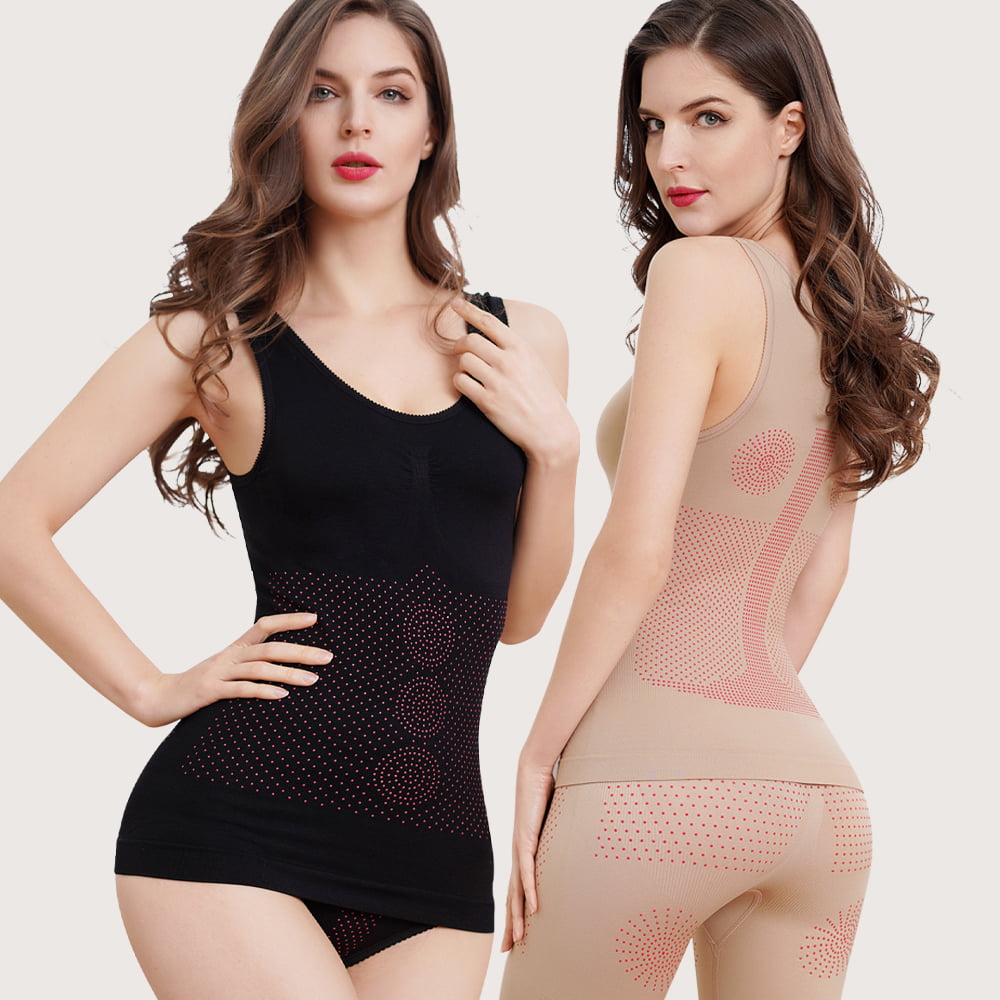
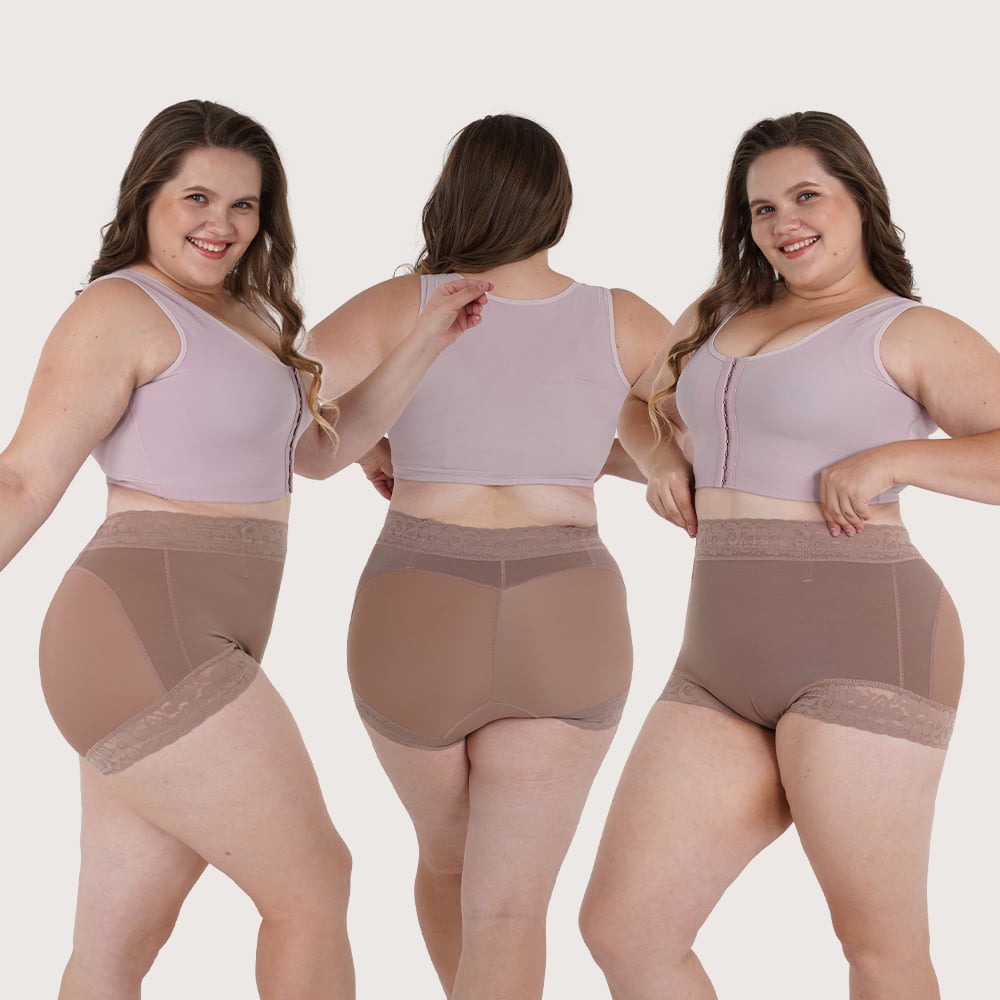
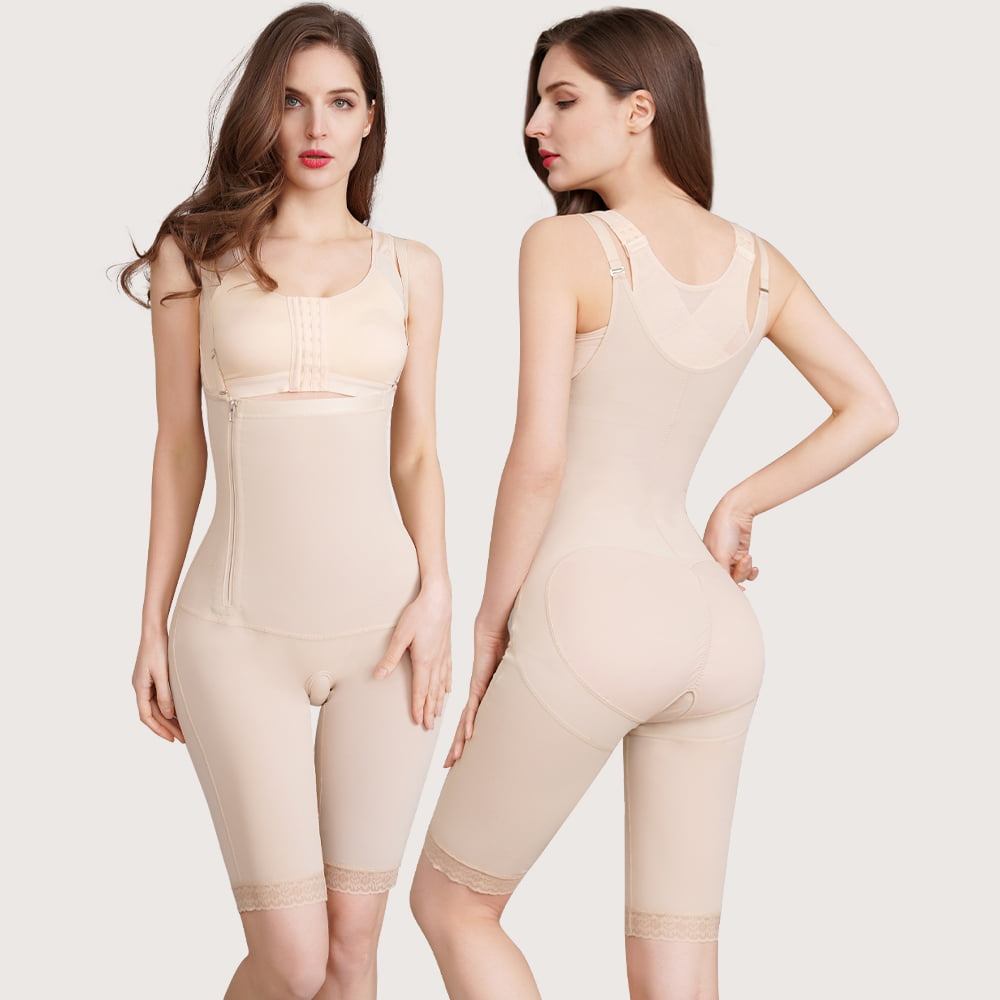
1. Understanding Shapewear Sizing: The Basics
1.1. The Importance of Correct Sizing
Shapewear that fits correctly can enhance your natural shape, smooth out problem areas, and provide support without discomfort. Incorrect sizing, on the other hand, can lead to a range of issues from discomfort to ineffectiveness.
1.2. How Shapewear Works
Shapewear is designed to compress and support targeted areas of your body. It typically includes materials like spandex and nylon, which offer stretch and control. The key to effective shapewear is finding the right balance between tightness and comfort.
2. Should I Size Up or Down for Shapewear?
2.1. Common Misconceptions
- Sizing Down: Many people believe that sizing down in shapewear will provide extra firmness and better results. However, this can lead to discomfort, restricted movement, and even health issues like poor circulation.
- Sizing Up: On the flip side, some think that sizing up will ensure comfort. While it might be more comfortable, it often defeats the purpose of shapewear by offering little to no support or smoothing effect.
2.2. Expert Recommendations
- Stick to Your True Size: Most experts recommend starting with your true size, based on your measurements and the brand’s sizing chart. Shapewear is designed to be firm yet comfortable in your correct size.
- Use the Brand’s Sizing Chart: Different brands may have slightly different sizing, so always refer to the specific brand’s sizing chart.
- Consider the Compression Level: Shapewear comes in varying levels of compression—from light to firm. Choose the level of compression based on your needs rather than adjusting the size.
2.3. Measuring Yourself for Shapewear
To find your true size, you’ll need accurate measurements of your bust, waist, and hips. Use a soft measuring tape and follow these steps:
- Bust: Measure around the fullest part of your bust.
- Waist: Measure around the narrowest part of your waist.
- Hips: Measure around the fullest part of your hips.
3. The Impact of Sizing on Different Types of Shapewear
3.1. Control Briefs and Shorts
Control briefs and shorts are designed to smooth the tummy, hips, and thighs. Sizing down can cause the fabric to roll down or cut into your skin, while sizing up can lead to a lack of support.
3.2. Bodysuits
Bodysuits offer full-body shaping and often include bra support. An incorrect size can lead to discomfort in the shoulders and bust area. Stick to your true size for optimal results.
3.3. Waist Cinchers and Corsets
Waist cinchers and corsets are designed to create an hourglass figure by cinching the waist. Sizing down can be tempting for a smaller waist, but it can cause breathing issues and discomfort. Follow the brand’s sizing chart carefully.
3.4. Thigh Slimmers
Thigh slimmers target the thighs and often the lower tummy. Incorrect sizing can cause the shapewear to slide down or create bulges. Stick to your true size for a smooth look.
3.5. Shaping Camisoles
Shaping camisoles offer support for the bust and smooth the tummy. Sizing down can make them ride up, while sizing up can result in a lack of support. Choose your true size based on your bust measurement.
Comparison Table: Sizing Up vs. Sizing Down for Shapewear
To help you visualize the differences between sizing up, sizing down, and choosing your true size, here’s a handy comparison table:
| Aspect | Sizing Down | Sizing Up | True Size |
|---|---|---|---|
| Comfort | Often uncomfortable and restrictive | Generally more comfortable | Balanced comfort |
| Effectiveness | Can cause bulges and rolling | May lack support and compression | Optimal support and smoothness |
| Breathability | Can restrict breathing | Generally breathable | Allows normal breathing |
| Movement | Can restrict movement | Allows free movement | Allows free movement |
| Durability | May wear out faster due to strain | Typically durable | Typically durable |
| Health Impact | Can cause poor circulation | Minimal health risks | Minimal health risks |
| Appearance | Can create visible lines and bulges | May not smooth effectively | Smooth and seamless appearance |
Share This Post:
Table of Contents
Most Popular
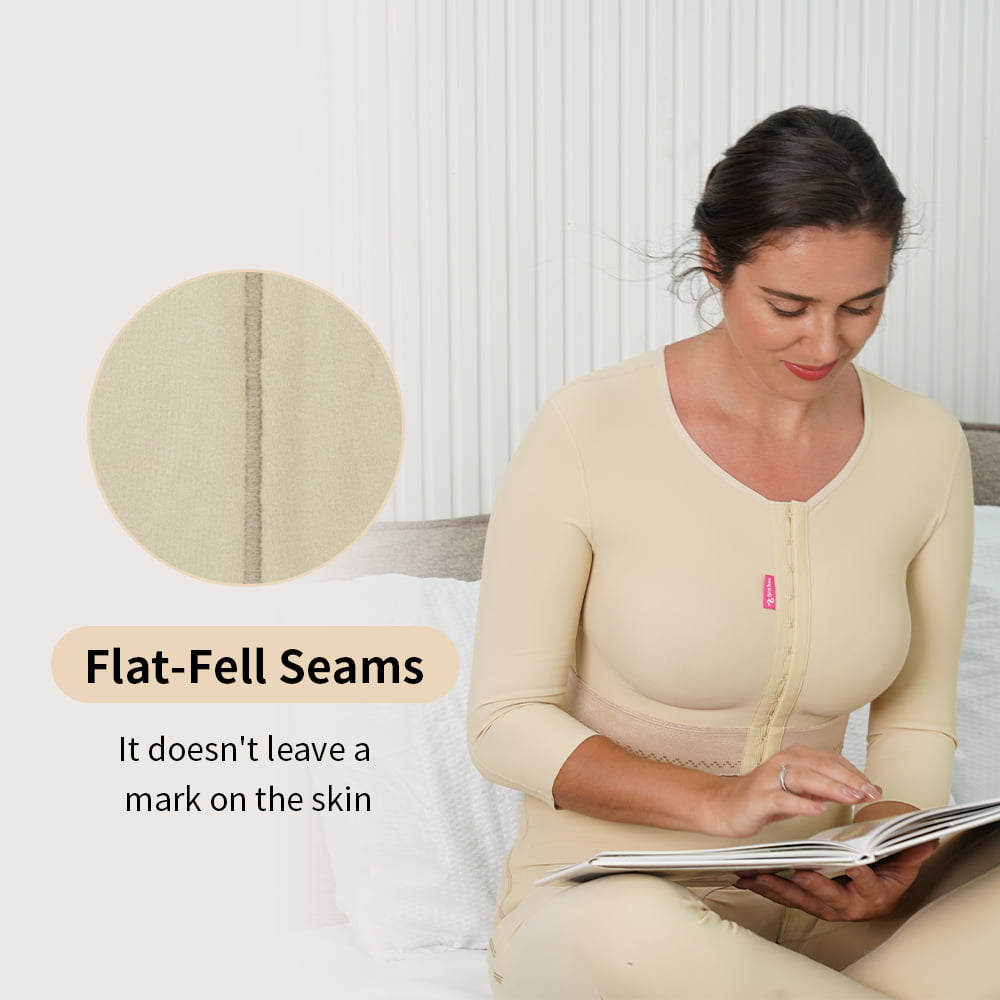
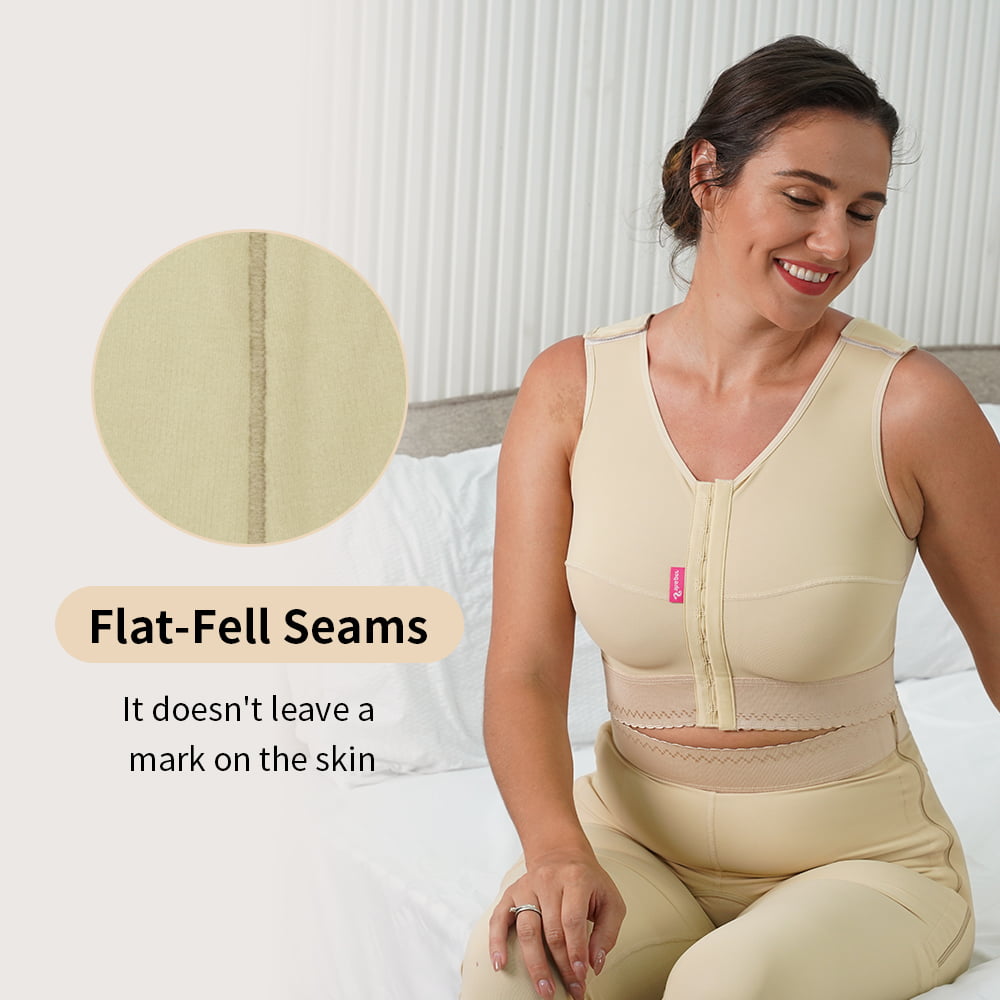
OEM Corset Manufacturer in Russia for Lingerie Startups
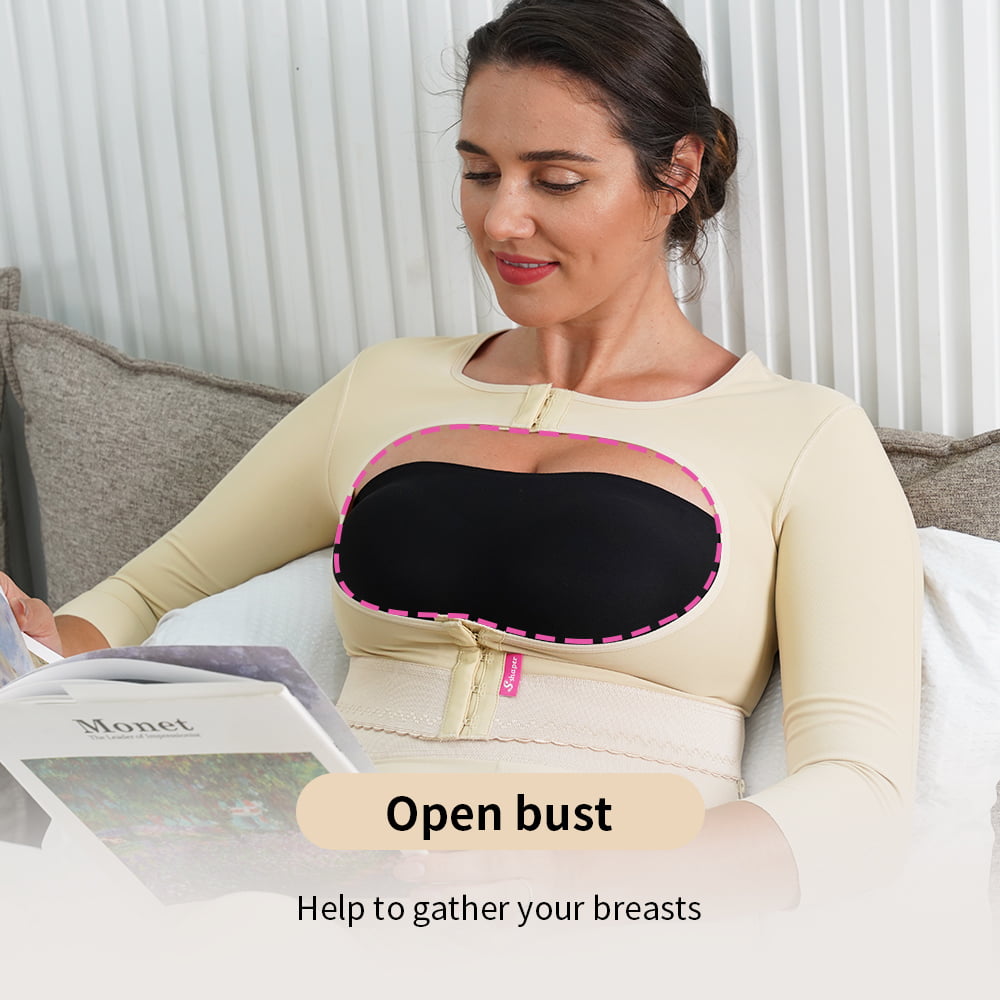
Shapewear Supplier in Russia for Influencer-Based Brands
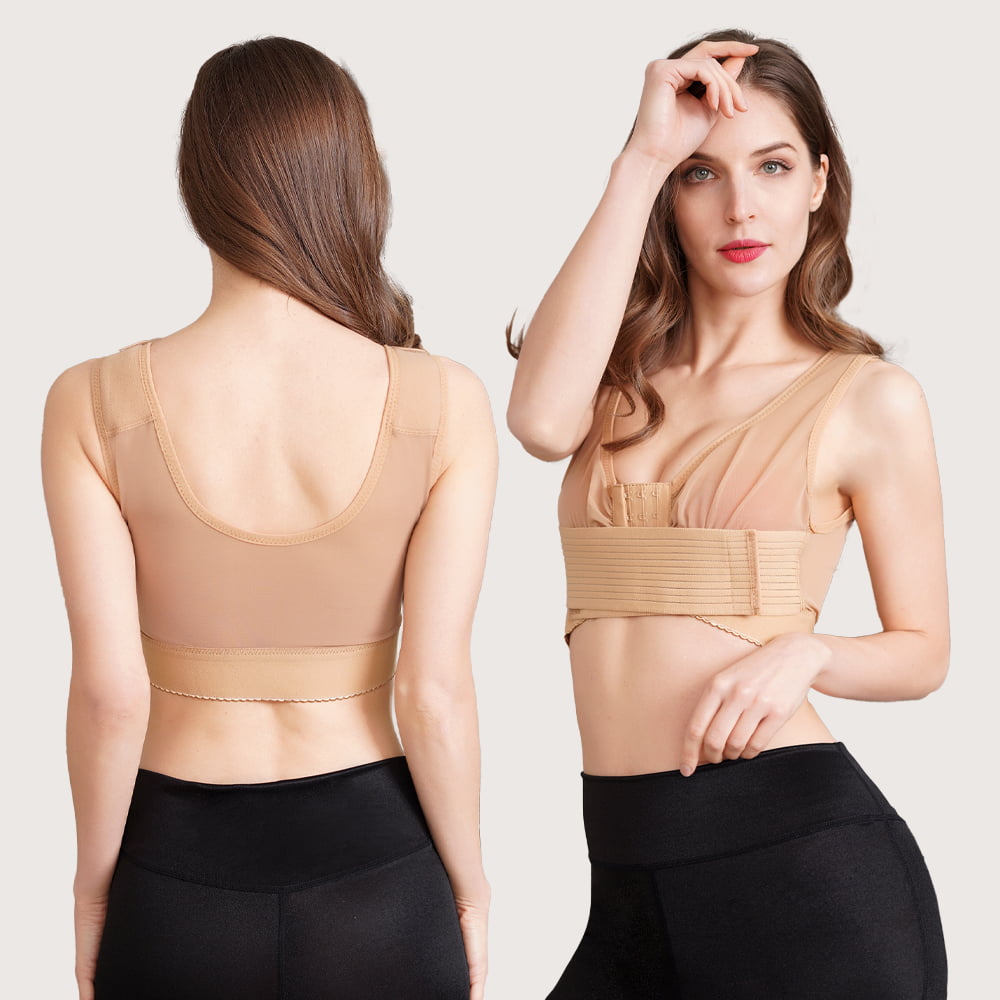
Body Shaper Manufacturer in Germany for Wellness Retailers
Get in touch with us
Related Posts

Custom Waist Cincher Factory in Russia for Health Clinics: A Complete B2B Guide
1. Why Health Clinics Are Investing in Custom Waist Cinchers In recent years, health clinics across Russia and Eastern Europe have shown growing interest in custom waist cinchers for medical

OEM Corset Manufacturer in Russia for Lingerie Startups
1. Why Russia is Emerging as a Key Hub for OEM Corset Manufacturing In today’s competitive fashion industry, lingerie startups are increasingly seeking OEM (Original Equipment Manufacturer) solutions to quickly

Shapewear Supplier in Russia for Influencer-Based Brands
1. Why Influencer-Based Brands Are Thriving in the Shapewear Market The shapewear industry has witnessed exponential growth over the past few years, and much of this success can be attributed

Body Shaper Manufacturer in Germany for Wellness Retailers
1. Growing Demand for Body Shapers in the European Wellness Market The European wellness industry has seen exponential growth over the past decade. Among the diverse range of health and






